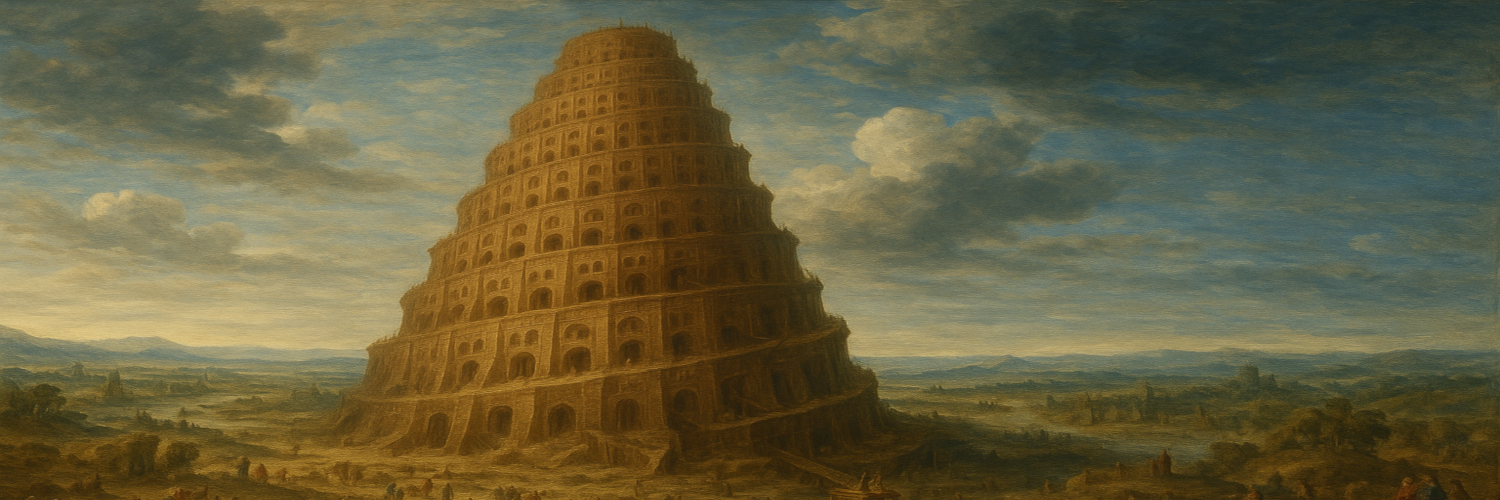The Justinian Plague in the Eastern Roman Empire




The intrigue of the ancient city of Jerash, once a prominent urban hub in the Eastern Roman Empire, now holds a new layer of fascination for historians and archaeologists. Nestled just 330 kilometers from the initial outbreak's historical epicenter, Pelusium in Northern Egypt, Jerash has yielded its secrets in the form of genetic echoes from the past. This remarkable archaeological site, renowned for its grand Roman architecture, now provides the first genetic evidence of what gripped the Eastern Mediterranean during the notorious Plague of Justinian.
In the mid-6th to early 7th century, a devastating outbreak swept through the region, leaving behind a silent testament at Jerash. Excavations in its abandoned hippodrome revealed mass graves in chambers W2 and W3, packed with approximately 150 adults and 80 children, their final resting place above heaps of Byzantine pottery. The discovery of these mass graves in storied chambers beneath the hippodrome seats brings new light to the pandemic's fierce spread through the bustling corridors of Roman infrastructure.
Originally a grand venue for chariot racing built in the mid-2nd century, the Jerash Hippodrome's transformation into a burial ground captures a crisis era's urgency. When the arena's roar quieted by the 6th century CE, its repurposed chambers bore silent witness to tragedy, hosting the remains of over 230 individuals. These chambers, now a solemn archive, offer a narrative thread connecting us to an ancient world grappling with sudden mortality on a devastating scale.
The breakthrough came as proteomic screening and ancient DNA analysis illuminated the grim mystery of these interments. Researchers, led by a global team of historians, geneticists, and archaeologists, extracted DNA from well-preserved dental remains. This yielded Yersinia pestis genomes from multiple individuals, the infectious agent responsible for the Plague of Justinian. Remarkably, these were the first genomes from this region and era, marking a crucial milestone in understanding the pandemic's reach.
Using cutting-edge sequencing technology, scientists successfully extracted and analyzed Yersinia pestis DNA from five individuals, unveiling near-identical genomes across the samples. The dedicated work of archaeologists and scientists provided a unique opportunity to retrieve highly vascularized dental samples for genetic analysis. Out of 37 dental samples examined, proteomic studies hinted at the presence of plague, prompting further genomic analyses that revealed the bacterium's genetic fingerprints with unprecedented clarity.
Jerash, also known as Gerasa, stands as one of the best-preserved Roman sites outside Italy, adorned with a once-thriving hippodrome and urban infrastructure. Tucked away north of Amman, Jordan, this ancient city offers a stunning tableau of Greco-Roman architecture among the rolling hills of northern Jordan. Its well-preserved ruins provide a vivid backdrop against which this dark chapter of history is being unveiled, serving as a luminary of Roman architectural achievement.
The city's historical significance is matched by its architectural splendor, with structures that bore witness to both triumph and tragedy. While Roman chariot races were long forgotten by the 6th century CE, the site transformed posthumously into a poignant grave for those swept away by the pestilence. This stark adaptation of Roman infrastructure into burial grounds highlights an unprecedented transformation, visualizing urban vulnerability to epidemic diseases.
The genomic data from Jerash mirrors a singular strain of Yersinia pestis, indicating a rapid, localized transmission that swept through the dense streets and squares of this urban center. This strain aligns closely with other First Pandemic strains, suggesting a unique lineage that threaded through the connected urban tapestry of the Byzantine world. The pathogen's virulence was verified, possessing genes like Ymt, Pla, and F1 capsule genes that were key to its deadly spread through ancient populations.
Such remarkable genomic similarity indicates that Jerash was enveloped swiftly by the pandemic's grasp, its interconnected urban layout ideal for disease transmission. The historical and geographic positioning of Jerash adds a rich layer to our understanding of the pandemic, standing geographically proximate to where the first pandemic was first recorded in 541 CE. This alignment with historical records paints a vivid picture of the epidemic's movement through bustling urban areas, carried by swift movement and dense settlement patterns.
The repurposing of chariot racetracks into mass graves reflects how societal structures coped with overwhelming crisis. Jerash exemplifies the dual nature of urban centers: simultaneously a hub of culture and commerce and a landscape ripe for disease transmission. The cityscape that signified Roman might also became an unwitting theatre of demise, bearing witness to one of humanity's early engagements with pandemic disease.
Each discovery peels back layers of human history, revealing how ancient communities responded to and shaped their environments in times of crisis. The reuse of a civic icon like the hippodrome as a cemetery speaks to social dislocation and ingenuity, representing urban responses to the outbreak that resonate with cities' perpetual role as crucibles of human experience. The connective infrastructure that once sustained cities like Jerash also rendered them porous to the pulsating rhythms of contagion.
The Jerash findings offer a profound glimpse into the interplay of ancient urbanization and epidemic vulnerability. This study impressively unraveled the pathogen's DNA, with each individual offering a unique narrative yet presenting a similar genetic portrait of a circulating plague lineage. The research journeys beyond mere data and digs into a past where urban life, from its vibrancy to its vulnerabilities, was inextricably linked to the course of the pandemic.
In Jerash, the depths of the archaeological site and the advanced genomic scrutiny of ancient DNA meld together to illuminate the pathways of ancient pandemics. This discovery not only fills a significant gap in our knowledge of the First Pandemic by tying events in the Eastern Mediterranean to the pathogen, but also deepens our understanding of the cultural and civic implications the plague wrought upon this region.
Comments